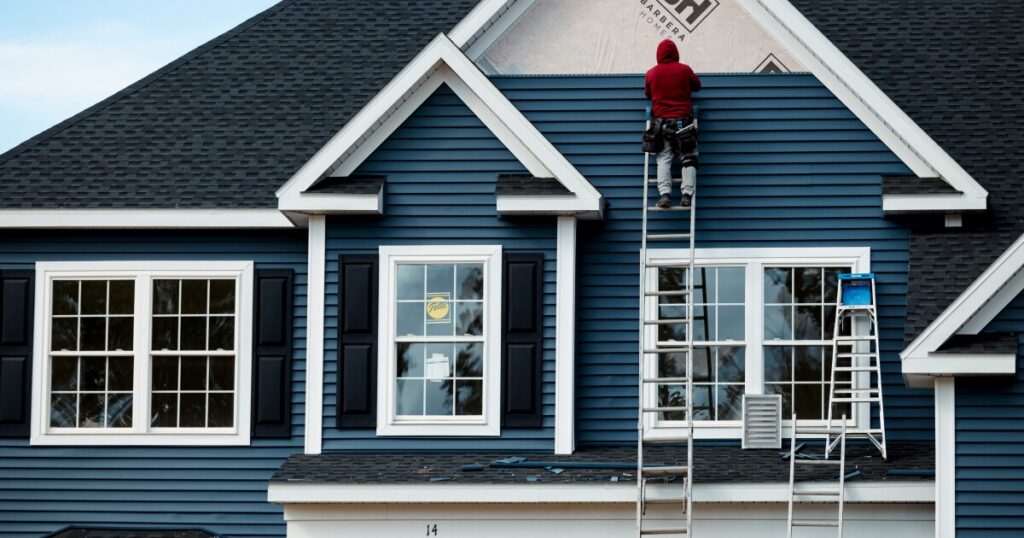U.S. housing starts eased in September as the decline in multifamily projects outpaced the rebound in single-family home construction.
The number of housing projects fell 0.5% to 1.35 million year-on-year last month, according to government data released Friday, after a major recovery in August. The September figure matched the median projection in a Bloomberg survey of economists.
READ MORE:
The number of starters in single-family homes increased by 2.7% to 1.03 million on an annual basis, the highest number in five months. Construction of multi-family homes fell 9.4% to the lowest level in four months.
The number of total building permits, an indicator of future construction, fell 2.9% to 1.43 million on an annual basis. Permit applications for the construction of single-family homes increased by 0.3% to 970,000.
Even as single-family home construction increases, the pace has slowed from the furious pace of late 2021 and early 2022, when mortgage rates were near 3% and a historic shortage of existing homes for sale fueled demand for new homes.
However, after the Federal Reserve raised interest rates to a 20-year high, demand weakened, ultimately leaving homebuilders with the largest supply of new homes in 16 years.
Since 2022, residential construction appears to have deviated the most from gross domestic product in the third quarter. Before the numbers was the Atlanta Fed’s GDPNow
By region
Single-family home starts rose in two of the four regions, including a 6.6% increase in the South to a five-month high, and a 10.6% increase in the Northeast.
A sustained recovery in the housing market will take some time as mortgage rates, which hit a two-year low in mid-September, have recently risen. Nevertheless, based on recent earnings calls, builders were optimistic about the prospect of cheaper home financing costs after the Fed cut rates by half a point last month.
“With affordability still a pressing issue in many regions, housing construction will likely stagnate until the Fed is well into its easing cycle and mortgage rates have fallen another percentage point,” said Sal Guatieri, senior economist at BMO Capital Markets. remark.
Lower financing costs should revive the resale market, which will feed into stronger demand for new homes, said Jeffrey Mezger, CEO of KB Home.
READ MORE:
“There are a lot of people who can’t move up because there isn’t enough product, or they don’t want to sell their current house, but they have to move up,” Mezger said during the company’s earnings call last month. “I think the whole thing is opening up. What we call the housing food chain will open up as the inventory gets a little bit bigger.”
Launch report shows completions of new single-family homes fell 5.7% to 1.68 million per year, while the number of projects under construction fell almost 2% to the lowest level in almost three years, government data shows .
The data on new home construction is volatile and the government report found that 90% were confident that the monthly change ranged from a decline of 13.5% to a gain of 12.5%.


